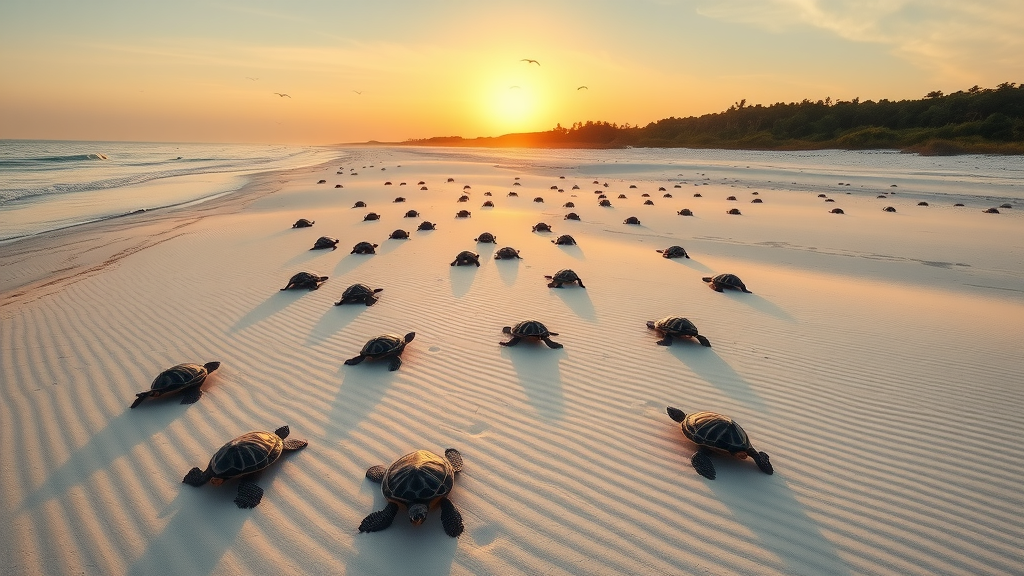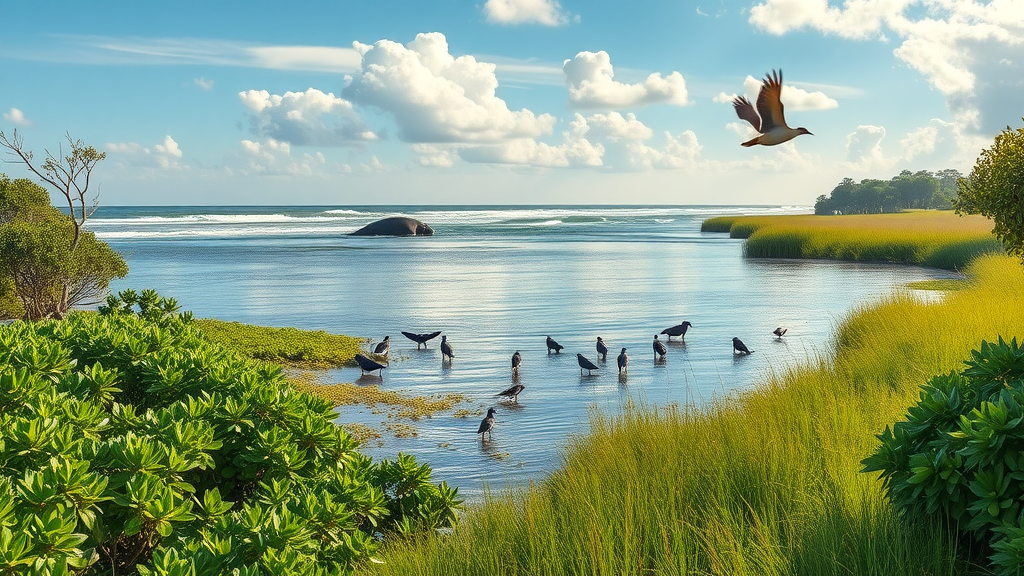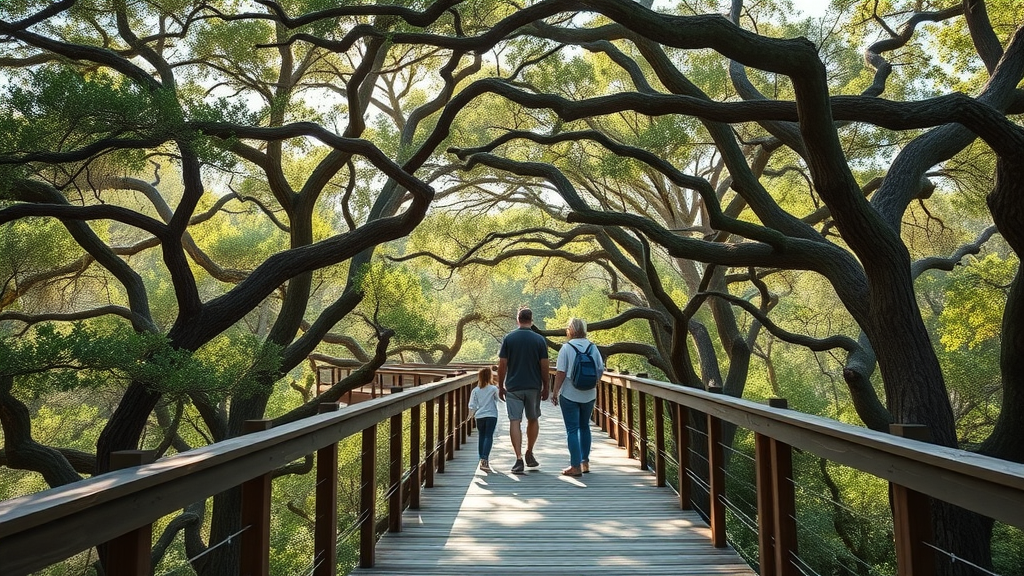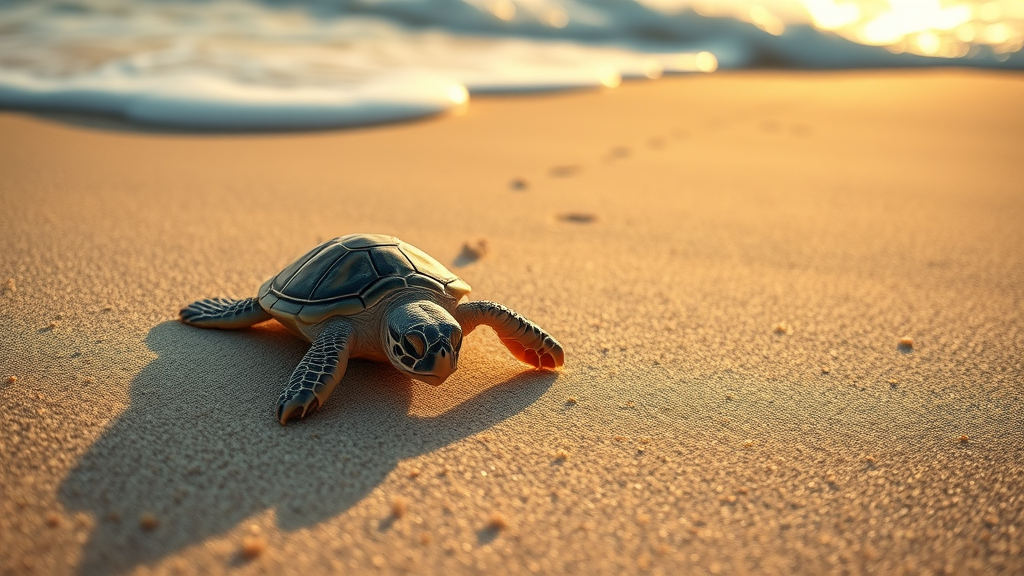A Coastal Sanctuary Where Wildlife and Conservation Take Center Stage
Along Florida’s eastern shoreline, a stretch of beach teems with life and mystery, its sands quietly shaping the future of endangered species and drawing curious minds from around the world. Have you ever wondered where hundreds of thousands of sea turtles return year after year to nest—or why certain beaches become living laboratories of biodiversity and protection? The Archie Carr National Wildlife Refuge, a 20.5-mile expanse between Melbourne Beach and Wabasso Beach, stands as a testament to what can be achieved when conservation meets commitment.
The significance of this refuge extends far beyond leisure and scenic beauty. Designated to safeguard critical habitats, this protected zone hosts the single most important loggerhead sea turtle nesting area in the world, and provides vital haven for green turtle nesting throughout North America. Visitors are drawn not only by its tranquil reprieve but by a rare chance to observe and learn about endangered and threatened species up close. Yet, beneath the refuge’s peaceful exterior lies an urgent and complex mission—one that touches on global efforts to preserve biodiversity, support education, and ensure that nature’s wonders endure for generations to come.
Why Archie Carr National Wildlife Refuge Matters More Than Most Realize

Nestled against the Atlantic, the Archie Carr National Wildlife Refuge is much more than an ordinary stretch of protected beach. Its origins are rooted in an ambitious vision to serve both as sanctuary and laboratory—an environment where wildlife restoration drives purpose and long-term thinking guides every action. Famous for its unprecedented role in caring for loggerhead and green turtles, the refuge’s shoreline becomes a vital maternity ward each nesting season, with the sand itself pulsing with new life.
Ignoring the importance of such a habitat brings real risks. With development and human impact threatening coastal environments globally, the loss of a resource like Archie Carr would unravel intricate ecological webs and spell disaster for species on the brink. The refuge also supports a rich tapestry of creatures from brown pelicans and gopher tortoises to manatees and countless migratory birds, each intertwined with the survival of the beach, dunes, maritime hammocks, and mangrove systems. For those unfamiliar with these connections, the stakes are clear: education and awareness are not just virtues here—they are defenses against a silent, irreversible decline.
How the Refuge Promotes Wildlife, Exploration, and Conservation Success
As an expert-managed landscape, the Archie Carr National Wildlife Refuge demonstrates the power of focused, scientifically informed stewardship. Conservation guides every decision—from habitat protection to educational outreach—ensuring that the needs of wildlife are meticulously balanced with thoughtful recreation and research. With a mission centered on benefiting current and future generations, the refuge is not simply preserving a piece of coastline; it is actively restoring, enhancing, and monitoring vital habitats. Visitors can witness these benefits firsthand by walking nature trails, observing the careful management of nesting areas, and engaging with resources at the Barrier Island Center.

The refuge’s approach yields tangible results beyond its borders. Providing nesting and feeding grounds for birds, reptiles, mammals, and invertebrates, it supports large and small-scale movements essential to broader environmental health. The real value lies in the outcomes: safer nesting beaches for sea turtles, healthier populations of indigenous wildlife, and a public that leaves more informed and invested in conservation efforts. The outcomes manifest not just in statistics, but in the daily rhythms of sand, surf, and sky—and in every hatchling that survives to return another year.
Turtles, Birds, and Beyond: An Ecosystem Interconnected
While sea turtles often take center stage, the Archie Carr National Wildlife Refuge hosts an extraordinary variety of life across several unique habitats. Maritime hammocks buffer the winds and shelter migratory birds, while coastal strand and scrub house snakes, tortoises, and rare plant species. Healthy mangroves contribute not just to fish nurseries but to the resilience of the coastline itself, providing stability against storms and erosion. Every inch of the refuge is engineered by nature—and carefully stewarded by experts—to maintain this fragile continuum.
The importance of every habitat is underscored by ongoing conservation projects and resource management efforts. Without these protections, loss of one species would have ripple effects on countless others. Education is prioritized so visitors leave not only with memories, but with a deeper respect for the interconnected lives that define this unique area. With well-maintained facilities and interpretive opportunities, the refuge creates accessible pathways for monitoring, study, and enjoyment, revealing how each visitor becomes part of the conservation story.

From Research to Recreation: Experiences Beyond the Shoreline
Visiting Archie Carr National Wildlife Refuge is more than just sight-seeing—it is an immersion in living science and the rhythms of the wild. The beach, of course, becomes the stage for world-renowned nesting events, but inland and along the coastal mangroves, guests can fish, hike, photograph, and observe species at every turn. Educational resources, especially at the Barrier Island Center, provide structured opportunities for deeper learning.
Although the refuge itself does not host sea turtle walks, releases, or digs, a network of local nonprofit organizations collaborates to offer such close encounters. This thoughtful division of labor ensures the sanctuary’s core mission is protected, even as thousands of annual visitors engage with the refuge in meaningful and responsible ways. For many, these experiences inspire lifelong curiosity, advocacy, and stewardship—a ripple effect of conservation extending from Florida’s shores to classrooms, households, and communities near and far.
Archie Carr National Wildlife Refuge’s Commitment: Conservation at Its Core
The philosophy guiding the Archie Carr National Wildlife Refuge is rooted in the concept that true wildlife conservation requires both vigilance and vision. Named in honor of Dr. Archie Carr, Jr., a pioneer in sea turtle research and preservation, the refuge embodies a heritage of scientific excellence and advocacy. Every acre is managed according to the best available conservation science, with an adaptive approach that seeks both to repair past harm and prevent future losses.

The refuge’s mission is unambiguous: conserve, restore, and enhance fish, wildlife, and plant resources for the enduring benefit of all Americans. Precision and long-term thinking permeate every effort, whether setting aside stretches of undeveloped coastline, implementing new resource management tools, or facilitating safe recreational opportunities that enrich public understanding. As a voice in the national wildlife refuge system, Archie Carr National Wildlife Refuge models how responsible stewardship serves both nature and people, proving that conservation is not just a policy—it is a way of life along these wild and wonderful Florida shores.
Living Proof: Visitors Experience Nature’s Magic
The value of the Archie Carr National Wildlife Refuge comes to life in the stories and reviews shared by those who walk its beaches and watch its wonders unfold. Visitors regularly affirm the transformative power of these experiences, citing both the natural beauty on display and the expert care with which the refuge is maintained. One recent visitor captures the unique atmosphere and sense of discovery that makes this destination unforgettable:
Came at night for an activity with Stella Maris (sea turtle nesting). The beach is well taken care of. The ocean is clean. The ramps to go to the beach are well maintained. Great experience and one that I would recommend to anyone.
This authentic reflection echoes the sentiments of many who leave not just with photographs, but with new convictions about the importance of protecting natural habitats. The refuge’s careful preservation and thoughtful operations mean that every guest, from first-time beachcombers to seasoned naturalists, can witness firsthand the ongoing success of conservation in action. For anyone drawn to experience one of Florida’s secret marvels, the Archie Carr National Wildlife Refuge stands ready to inspire, educate, and amaze.
What Florida’s Premier Wildlife Refuge Means for the Future
In an era when coastal development and environmental pressures are reducing opportunities to observe wildlife in its natural habitat, the Archie Carr National Wildlife Refuge stands as a beacon of hope and progress. Its ongoing contributions—in terms of both habitat protection and public engagement—demonstrate how protected areas can anchor regional and global conservation efforts. As the world looks to models of effective wildlife management and educational outreach, this refuge delivers a blueprint for success.
The reserve’s work in safeguarding sea turtle nesting sites, supporting migratory birds, and fostering community involvement has made it a cornerstone of conservation in Florida and beyond. For educators, students, families, and anyone passionate about the fate of wildlife, the refuge represents both learning opportunity and sanctuary. The story of the Archie Carr National Wildlife Refuge is ultimately one of resilience—a reminder that, with vision and expertise, even the most vulnerable habitats can flourish and inspire future generations.
Contact the Experts at Archie Carr National Wildlife Refuge
If you’d like to learn more about how Archie Carr National Wildlife Refuge could benefit your understanding of coastal conservation and wildlife, contact the team at Archie Carr National Wildlife Refuge.
📍 Address: 8385 S Hwy A1A, Melbourne Beach, FL 32951, USA
📞 Phone: +1 321-723-3556
🌐 Website: http://www.fws.gov/archiecarr/
Archie Carr National Wildlife Refuge Location and Visiting Hours
🕒 Hours of Operation:
📅 Monday: ❌ Closed
📅 Tuesday: 9:00 AM – 5:00 PM
📅 Wednesday: 9:00 AM – 5:00 PM
📅 Thursday: 9:00 AM – 5:00 PM
📅 Friday: 9:00 AM – 5:00 PM
📅 Saturday: 9:00 AM – 5:00 PM
📅 Sunday: 9:00 AM – 5:00 PM

 Add Row
Add Row  Add
Add 





Write A Comment